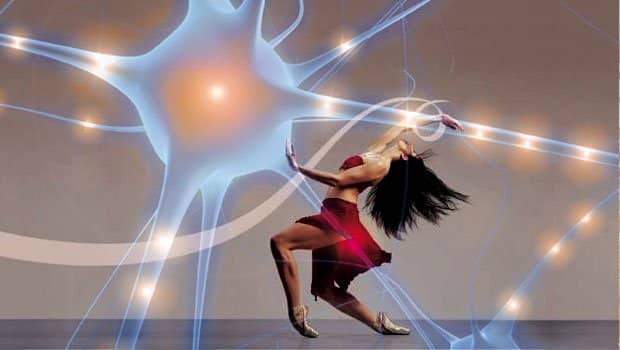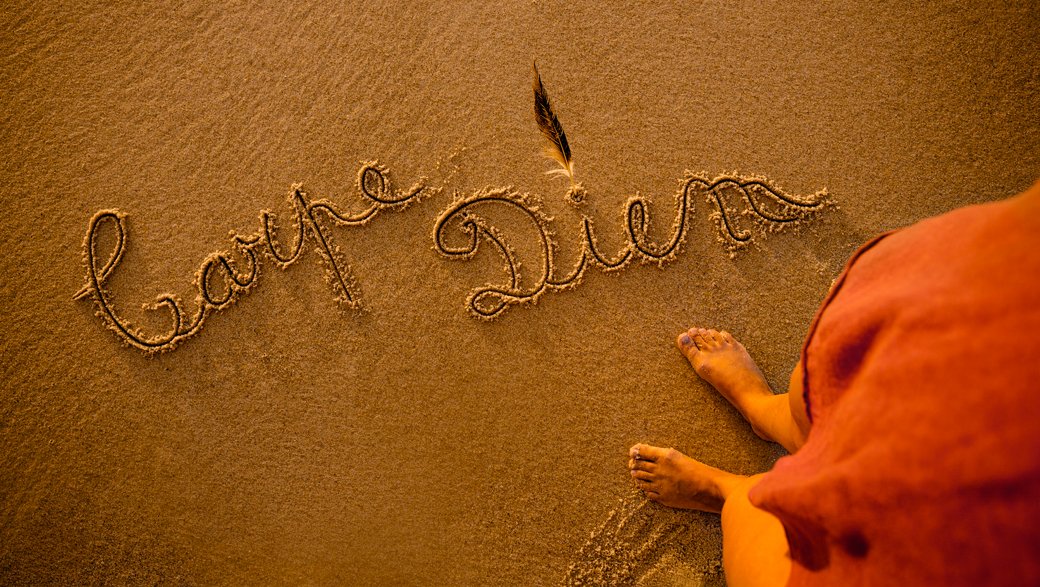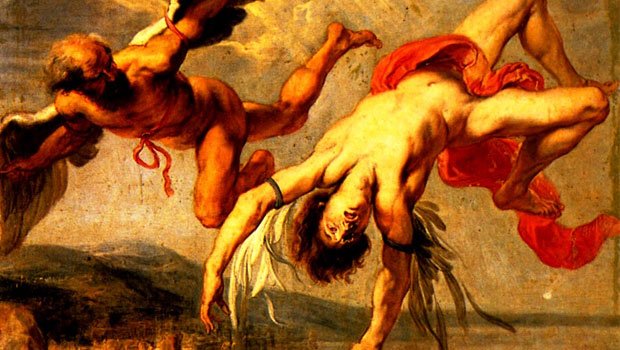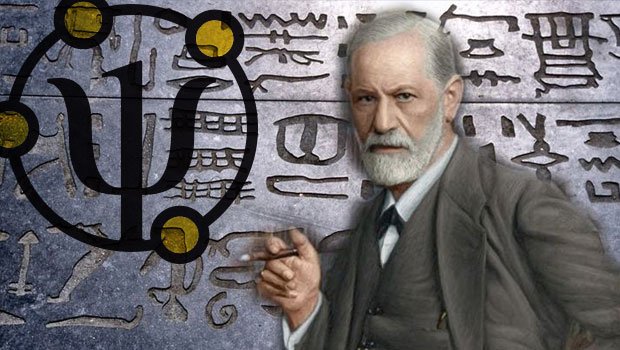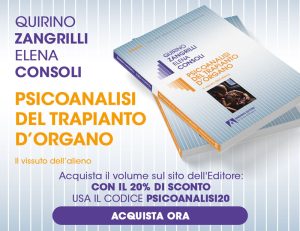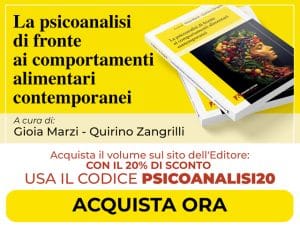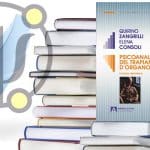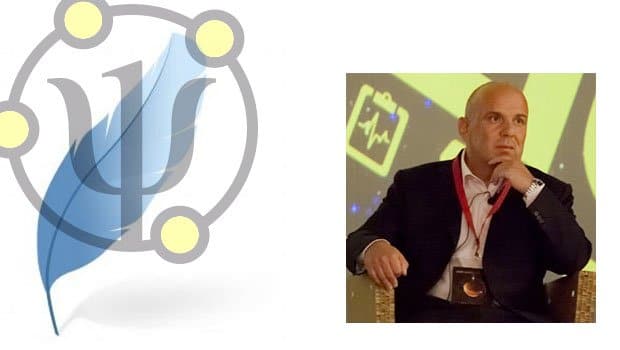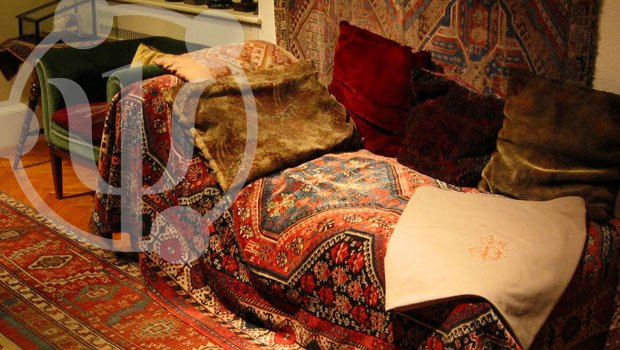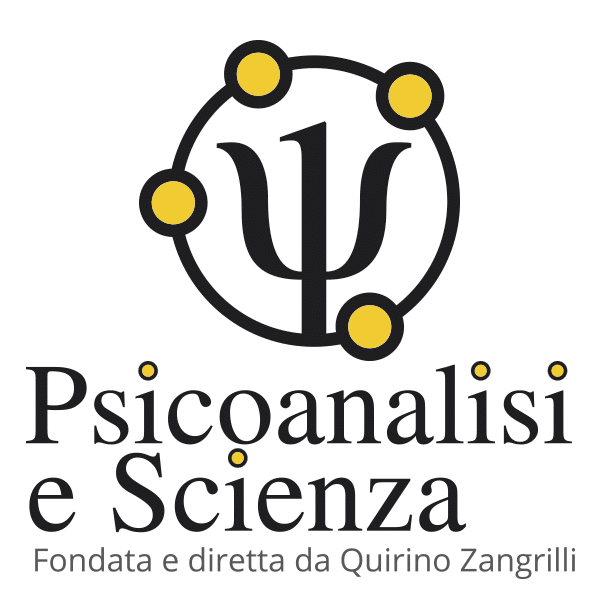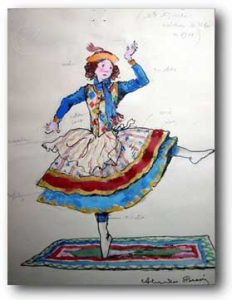
In the first stages of his development man expresses himself with his body; the first useful gestures for a baby are expressive gestures, signals founded on hereditary patterns aimed at soliciting the necessary attention and gratification for his needs from the surrounding environment.
Only later, during the course of his development, man will learn that it is not always opportune to leave his needs to free expression and that these will not always find satisfaction.
Gradually, with the germinating of the verbal language, the child will become aware that it is much more disciplinable than the motor one and the gesture one, it is more authentic par excellence since there is no affective perturbation which does not manifest itself in the stance and in the gesture of the upset subject.
At a certain point of the human existence, especially in the industrialised western world, a drastic repression happens: everyone continues to express themselves by gestures and stances, but the body-expression ceases to have any dignity or value of communication and it becomes an “accident” or a “disturbance” and sooner or later it must bow down to the supremacy of the Word, the only legalised communicative instrument. In other terms the human being loses something which he possessed before without any compensation. It is important to underline the concept that the verbal language and the body language are not equivalent or interchangeable: even the most superficial observations lead to the conclusion that they draw from different fields.
The movement, as well as representing a form of communication, is also a fundamental means for extending the knowledge of oneself and of one’s own environment. In fact, beside movements which express themselves with a motor skill that is not finalised but is in keeping with the very need for movement (undifferentiated motor discharge finalised for the dissipation of energetic accumulations), the exploration behaviour which responds to the need of knowledge assumes, especially in children, a great value: movement, therefore, as source of knowing. This affirmation is better substantiated if we move our attention to the play function, another fundamental activity for the child, which is as important in the correct structuring of the psychosomatic equilibrium as is the movement during the first months of life.
Even the play, as the body expression, disappears in the adult life; or at least it is denied of any dignity and, when it arises, it is indicated as a “difficulty” and becomes a symptom, a signal.
Nicola Peluffo, among the many innovative contributions which he has given us in a pioneering way, thanks to the deep integration between genetic epistemology (personally learnt from the Master Piaget) and freudian psychoanalysis, has also recently indicated another thread of research, individualising an unconscious phenomenology defined “Child”. Peluffo defines “Child” “… that part of the adult in which the infantile residues remain encysted…”1
The play is not an exclusive prerogative of the human species: it is common both in animals and man. And yet the human play has its own specificity inasmuch as it is not limited to the releasing of simple motor discharges or only to the simple activity of exploration. In play the “function of simulation” 2 is built-in, which specifically represents the highest level of the knowledge and learning function: “The imaginative and the simulation function is not orientated towards owning the object but, on the contrary, it implies the reflection of the subject upon himself feeling pleasure for his own activity and creating a fictitious world in which everything happens according to one’s very own desires using all the forces of the affective life. The play, like the adaptive activity, is a conduct through which a certain balance between the internal and external world, tends to realise itself”. 3
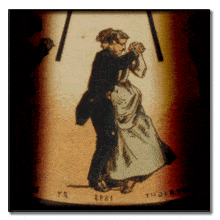
From an operative point of view of the psychoanalysis, this fact implies the existence and the conservation of traumatic traces that do not have corresponding verbal codes which describe them, but rather, motor patterns of difficult recognition during the psychoanalysis which accompany them; motor patterns which should be adequately studied. (see the article by Nicola Peluffo, “Formation and Consequences of a Traumatic Trace“, appearing in this Review).
Peluffo had already introduced into his clinical observations the interesting tool called “posturogramma” (posturgram) to underline the importance of the study of the gestures and movement. 4
The repetition of a certain movement in dance and in sport, if on a rational level has the task and the function of sharpening the efficiency of the gesture with the aim of increasing the performances, on the deep level it often corresponds to the realisation of a need/desire of decreasing the tension. A tension, clearly, dating back to a traumatic trace memorised in the unconscious and which can, therefore, potentially always be reactivated.
In the case in which the motor of the repetition is a traumatic vicissitude, it is evident that, because of the existence of the compulsion to repeat, the coveted distension is never reached.
The ritualisation of the highly formalised movement, on one hand represents a sublimation of aggressive-sexual pressures and on the other hand a more or less efficient compromise of tensional binding (often, evident compulsive rituals which precede the performance, are recognisable in athletes).5
This consideration, from a clinical point of view, evidences the notable difficulty of reaching a total dissolution of conflicts in subjects characterised by motor sublimations such as dancers or gymnasts.
Written by: Quirino Zangrilli © Copyright
Translated by Linda De Nardo
Notes:
1 Le manifestazioni del Bimbo nella dinamica transfert-controtransfert, Scienza e Psicoanalisi, settembre 2006.
2 J. Le Boulch, Verso una scienza del movimento umano, 1975, Armando Armando Editore.
3 J. Le Boulch, ibidem.
4 N. Peluffo, Per un posturogramma della seduta, Bollettino dell’Istituto Italiano di Micropsicoanalisi n.1, Diffusioni grafiche Villanova Monferrato (AL), 1985.
Consulta anche l’articolo di Luigi Baldari “La postura” pubblicato su questa stessa rivista.
5 Ringrazio le Colleghe Bruna e Gioia Marzi per il contributo datomi per la messa a punto di questo concetto.
E’ autore di 74 tra libri e pubblicazioni scientifiche. Ha partecipato in qualità di relatore o di presidente di sessione a numerosi Convegni scientifici nazionali ed internazionali.
Il suo libro “La vita: involucro vuoto”, pubblicato da Borla nel 1993, è in adozione dal 1994 presso la Cattedra di Psicologia Dinamica dell’Università di Torino.
Nel 1994 gli viene assegnato il “Premio Nazionale Ciociaria per la Medicina”.
E’ l’ideatore e fondatore della rivista multimediale “Psicoanalisi e Scienza”, la più seguita rivista di psicoanalisi on line al mondo in lingua italiana (Fonte: Entireweb, Alexa, Google, Virgilio, Arianna., etc.). Nel 2012 partecipa come Relatore alla Rassegna Scientifica di BergamoScienza.
Nel 2013 espone i suoi studi sull’nterazione materno-fetale nella Sessione Speciale dell’ XI Congresso Mondiale di Medicina Perinatale a Mosca con la relazione “Intrauterine Imprinting”.
Nel 2024 riceve il Premio Accademico d’Onore della Accademia Culturale Internazionale Cartagine 2.0.
Nel 2024 docente ad Almaty – Kazakhstan presso il workshop di psicoanalisi sul tema della violenza, promosso dall’Università di psicoanalisi di Mosca in collaborazione con l’Istituto svizzero di micropsicoanalisi.
Nel 2025 pubblica come curatore il libro “LA PSICOANALISI DI FRONTE AI COMPORTAMENTI ALIMENTARI CONTEMPORANEI” presso Armando Editore
Nel 2025 pubblica il libro “PSICOANALISI DEL TRAPIANTO D’ORGANO – IL VISSUTO DELL’ALIENO” presso Armando Editore
Doctor Quirino Zangrilli was born in Fiuggi in 1955. Graduated with honours in Medicine and Surgery in 1980, he practices Psychoanalysis, with intensive method, since 1982.
He is author of 74 scientific pubblications. He has attended as speaker or president of session to many national and international scientific Conventions.
His book “La vita:involucro vuoto” (Life: empty involucre), published by Borla in 1993, has been in use by the Chair of Dynamic Psychology at Turin’s University since 1994.
He is the author and founder of the multimedia review “Psicoanalisi e Scienza” (Psychoanalysis and Science), the most read Italian on line review of psychoanalysis.
In 2012 he participated as a Speaker at the Scientific Festival of BergamoScienza.
In 2013 he illustrated his research on the maternal-fetal interaction in the Special Session of the XI World Congress of Perinatal Medicine in Moscow with his relation “Intrauterine Imprinting”.
He is visiting teacher at Moscow Institute of psychoanalysis and training psychoanalist of Swiss Institute of Micropsychoanalysis.
In 2024 he is a teacher in Almaty – Kazakhstan at the psychoanalysis workshop on the topic of violence, promoted by the Moscow University of Psychoanalysis in collaboration with the Swiss Institute of Micropsychoanalysis.
In 2024 he received the Honorary Academic Award of the Carthage 2.0 International Cultural Academy
In 2025 he published as an editor the book “PSYCHOANALYSIS IN THE FACE OF CONTEMPORARY EATING BEHAVIOURS” at Armando Editore
In 2025 he published the book “PSYCHOANALYSIS OF ORGAN TRANSPLANTATION – THE EXPERIENCE OF THE ALIEN” at Armando Editore
Le Le Docteur Quirino Zangrilli est né à Fiuggi en 1955. Diplômé avec mention en Médecine et Chirurgie en 1980, il pratique la psychanalyse depuis 1982, en utilisant une technique intensive.
Il est l’auteur de 74 livres et publications scientifiques.
Il a participé en tant que conférencier ou président de session à de nombreuses conférences scientifiques nationales et internationales.
Son livre “La vie : enveloppe vide”, publié par Borla en 1993, est adopté depuis 1994 par la Chaire de Psychologie Dynamique de l’Université de Turin. En 1994, il a reçu le “Prix national Ciociaria de médecine”.
Il a conçu et fondé le magazine multimédia “Psicoanalisi e Scienza”, qui est le magazine de psychanalyse en ligne en italien le plus suivi au monde. (Source : Entireweb, Alexa, Google, Virgilio, Arianna., etc.).
En 2012, il a participé en tant que conférencier à la colloque scientifique de BergamoScienza.
En 2013, il a exposé ses études sur l’interaction materno-fœtale lors de la session spéciale du XIe Congrès mondial de médecine périnatale à Moscou avec le rapport “Intrauterine Imprinting”. Il est chargé d’enseignement au cours de spécialisation de trois ans en psychanalyse, psychothérapie psychanalytique et consultation psychanalytique à l’Université de Moscou.
Il est membre didacticien de l’Institut Suisse de Micropsychanalyse et de la Commission pour la Pratique de celui-ci.
En 2024, il enseigne à Almaty – Kazakhstan à l’atelier de psychanalyse sur le thème de la violence, promu par l’Université de Psychanalyse de Moscou en collaboration avec l’Institut Suisse de Micropsychanalyse.
En 2024, il reçoit le Prix Académique Honoraire de l’Académie Culturelle Internationale Carthage 2.0.
En 2025, il publie en tant qu’éditeur le livre « LA PSYCHANALYSE FACE AUX COMPORTEMENTS ALIMENTAIRES CONTEMPORAINS » chez Armando Editore
En 2025, il publie le livre « PSYCHANALYSE DE LA TRANSPLANTATION D’ORGANES – L’EXPÉRIENCE DE L’ÉTRANGER » avec Armando Editore
В 2024 году является преподавателем в Алматы – Казахстан на семинаре по психоанализу на тему насилия, проводимом Московским университетом психоанализа в сотрудничестве со Швейцарским институтом микропсихоанализа.
В 2024 был награжден Почетной академической премией Академии Международной Культуры «Карфаген 2.0».
В 2025 году он опубликовал в качестве редактора книгу «ПСИХОАНАЛИЗ В РАМКАХ СОВРЕМЕННОГО ПИЩЕВОГО ПОВЕДЕНИЯ» в издательстве Armando Editore
В 2025 году он опубликовал книгу «ПСИХОАНАЛИЗ ТРАНСПЛАНТАЦИИ ОРГАНОВ – ОПЫТ ЧУЖОГО» совместно с Армандо Эдиторе

